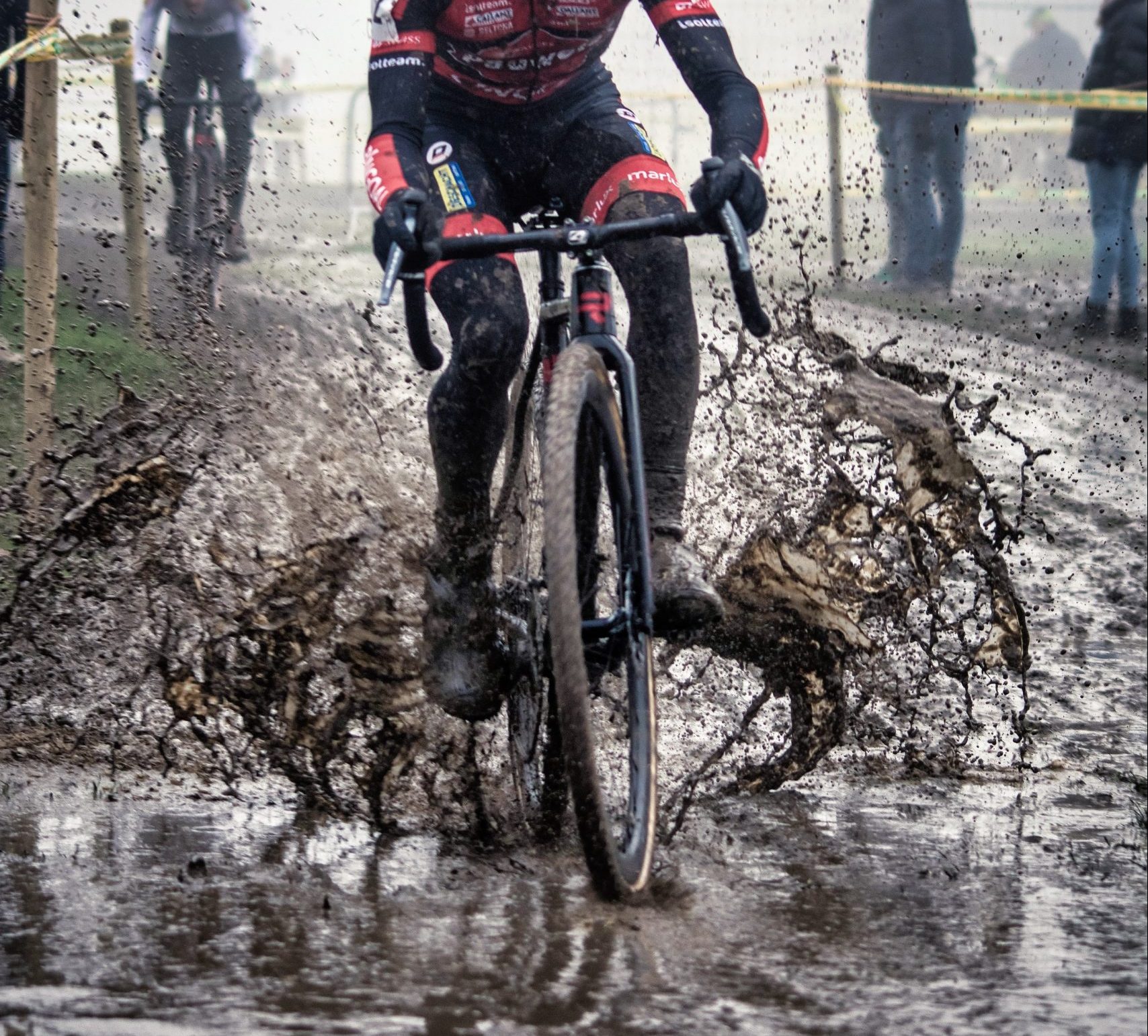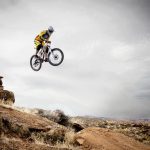While sunny dirt trail rides seem ideal, storms sneak up and ruin plans occasionally. But with prudent preparation and appropriate gear, mountain biking through rain, slush and mud can be nearly as enjoyable as blue skies. Evaluate trail conditions for safety and assess gear protecting you from uncomfortable moments out on soggy rides.
Accessing Trail Suitability
Assess recent rainfall in the area before pedaling out during or immediately following major downpours. Saturated soil increases landslide risks on hills and erosion along creeks especially in fire damaged forests. Traversing steep sections poses greater hazards as tires lose purchase in muck buildup. And debris littered across trails gets hidden underwater too.
Conversely, bone dry compacted trails handle occasional passing showers better than initial storms after prolonged hot spells. Dust compacts together when slightly dampened forming tacky traction instead of slippery slickness like sudden summer thunderstorms create by beating and pooling upon sunbaked earth.
Check trail sights and riders groups for recent area conditions indicating current suitability for wet weather riding. Use best judgment choosing alternate gravel routes avoiding damage to soft pathways if attempting rides after extensive rains. Consider fat tire bikes when navigating deeper mud minimizes impact over aggressively knobbed tires unnecessarily digging channels.
Gear Up for the Conditions
Sealing all clothing layers against external wetness maintains inner warmth and comfort during soggy rides. Waterproof shoe covers prevent soaked feet turning frigid miles in. Don soft shell pants and rain resistant jackets keeping cores and limbs dry without trapping sweat beneath. Choose brightly colored outer layers for traffic visibility through mist too.
But moisture eventually penetrates fabrics as storms prolong and sweat builds within while ascending hills. Bring extra base layers for mid-ride clothing swaps revitalizing comfort after wicking initial moisture. Stashing an thermos with hot beverage restores spirits when energy lulls. And pack compact disposable chemical warmers thawing numb fingers and toes inside waterlogged shoes. Plan for getting saturated eventually on lengthy cold and wet rides.
Protecting bikes from excess moisture prolongs drivetrain lifespan and prevents creaks. DIY front fenders angled closely across tire treads prevents rooster tail spray dousing stanchions and penetrating headsets. Apply fresh viscous chain lube resisting washout better too. And detail bikes cleaning away gritty grime afterwards preventing hidden rust propagating internal corrosion. Develop wet maintenance routines keeping rides running smoothly.
Traction Challenges and Safety
Greatly diminished traction challenges handling when riding over wet terrain. Tires lose grip breaking loose on steep off camber trails and rooted inclines. Hardpack channels excessive water worse than open parched dust forcing slower speeds to prevent hydroplaning into puddles. Scan for hazards like slick mud, oily asphalt and road paint centering tires through safer cleaner lines.
Use lower gears feathering power application over loose muddy hazards. Drag brakes when appropriate logging controlled descents instead of careening unconstrained picking up unstoppable momentum through continuous muck. Wider tires and tread spacing shed some muck buildup too. Inflate to mid range pressures optimizing mud clearance versus pinching sidewalls in fast switchbacks.
Roadway visibility declines drastically during heavy rainfall for both riders and vehicle traffic approaching intersections. Use bright solid or flashing head and tail lights in both front and rear facing orientations capturing motorists attention sooner through grayness. Reflective decals across moving parts and clothing improves clarity from all angles as well. Maintain slower speeds choosing cautious lines even on familiar local routes until reaching safer terrain.
After Ride Cleaning and Storage
Assume everything is soiled following wet rides and will require cleaning before storing equipment. Transport bikes outside vehicle compartments preventing dirty contact transferring grime inside cars and homes. Handle bars, saddles, pedals and tires carry most debris out on trails while frames and wheels pick up roadway spray and splatter biking back.
Remove mud caking components with gentle water spraying before applying bike specific degreasers targeting oily grimy buildup. Toothbrushes scrub compacted sections across gears, suspension parts and other intricate areas. Rinse completely then wipe down choosing absorbent synthetic chamois over scouring paper towels. Lubricate chains following deep cleaning and pedal slowly assessing new squeaks or grinding.
Drape soaked clothing over racks and bars for initial air drying to limit musty odors seeping into fabric pores. Then machine wash double spins separating materials needing different temperature settings. Replenish water resistance treatments afterwards like Durable Water Repellant (DWR) sprays rejuvenating older garment’s protection from storms ahead.
While wet, slick trails slow average speeds, modern waterproof fabrics, grippy components and smart preventative care opens possibilities for comfortable rides across wider weather spectrums. Embrace the adventure occasional inclement weather offers hardened cyclists. Just utilize sound assessment determining conditions suitability and follow preventative care ensuring equipment longevity enduring exposure to corrosive moisture that accompanies those days. Then safely enjoy the quiet solitude storms provide outdoors.



